Translation of an eLearning course is often as important as the overall course design. Your course is not beneficial to your international employees if they cannot understand the information presented.
Companies that don’t plan ahead for eLearning translation often make mistakes that can greatly increase the time and cost it takes to fully translate the course. Here are some of the most common mistakes and tips on how to prevent them:
Inconsistent Terminology
To optimize learning, the terms you use should be consistent throughout your entire eLearning course. During course development content is often taken from multiple sources and written by multiple authors. This often leads to the use of multiple terms for the same meaning. If terms such as “sales manager” and “account manager” are used interchangeably throughout the course, translators may differentiate between these roles, making it confusing for the end user to understand exactly what is meant.
Best Practice: Create a Glossary
To prevent this from happening, come up with a glossary of terms before starting to create your eLearning course. Include job titles, specific industry terms, and any other phrases that you know will be used frequently throughout the course and may be expressed in multiple ways. It is also helpful to identify words that should not be translated, or a “Do Not Translate” list, such as proper names or logos.
By creating an official glossary that defines exactly which words content creators should use in the course, you’re providing clarity and consistency in phrasing that will ensure clear guidelines for content creation and cleaner translations for your end users.
Too Many Characters with Speaking Roles
Including a multitude of characters with speaking roles can make for a fun, creative course, but also leads to additional time, expense and complications during the translation process. Think about it: you need the same number of voice talents used in the English version for each translated language. If the English version has six speaking characters and you are translating into three additional languages – you will need to hire 24 more voice talents and manage a large number of recorded files.
Many voice talents charge a minimum fee, even for a small speaking role. A multitude of speaking characters can turn your course translation into a costly ordeal.
Best Practice: Limit Speaking Characters
The simple solution is to limit the number of characters with speaking roles. The general recommendation is three: a narrator and two characters. Two characters and a narrator can accomplish nearly any conversation that you need to include in your eLearning course. By using fewer voice talents, you not only save money but decrease the amount of time it takes to translate and record your eLearning course.
Incomplete Source Files
When requesting translation, clients will sometimes hand us the English language course without any of the media assets used to create the course, for example source graphics, source video content, scripts, etc.
Without access to the full set of source files, extra time and effort is required during the translation process. Images that require adjustment will need to be re-created, text embedded in graphics will need to be extracted and narration transcribed for translation & timing. Without the source video, each time we re-render the video, quality deteriorates: the resolution of the final subtitled or dubbed target language may not be as high as the original.
Best Practice: Establish Good File Management Procedures
Right from the start of your eLearning course creation, set up a standardized process for naming and filing all source files. Keep track of the base images for every graphic and archive them in an organized manner. Save your original video content as well, to simplify dubbing or subtitling.
Labeling your files clearly is essential to being able to find them easily. By creating different folders for each part of your eLearning course and labeling your files with a unique description of the image or video, you can prevent hours of searching or having to recreate graphics.
Short Turnaround Time
All too often a company will work for months on their eLearning course and then expect translation to happen overnight. Predetermined project deadlines have to be met, so their eLearning translation is burdened by an unrealistic timeline.
Trying to push an unrealistic, fast turnaround generally only leads to poor translation quality, eLearning mistakes and an incomplete course. A poorly translated course can be detrimental to your international employee training program and can hurt the reputation of your company.
Best Practice: Budget for Translation Time
Ideally, include your translation partner of choice in the initial project planning. Even without actual course material it is possible to create a rough translation schedule based on your project scope and language requirements.
As course design proceeds, notify your translation partner of changes in project scope and schedule. A good translation partner will work with you to design the necessary processes and schedule to meet changing project requirements.
If advance planning was not possible and you are faced with a very short time frame for translation of your eLearning course, talk to your translation partner about options. It may be possible to expedite translation of the course through use of additional resources, technology or parallel processes.
Collaboration and Communication are Essential
All of the common mistakes listed above can be prevented through proactive collaboration and regular communication with your eLearning translation partner. Their involvement in the initial planning and ongoing project management meetings will help prevent surprises and delays in the final creation of the translated courses.
Planning ahead for translation can also help you better understand the process. If you have any questions about eLearning localization or preparing for the eLearning translation, don’t hesitate to contact us.
